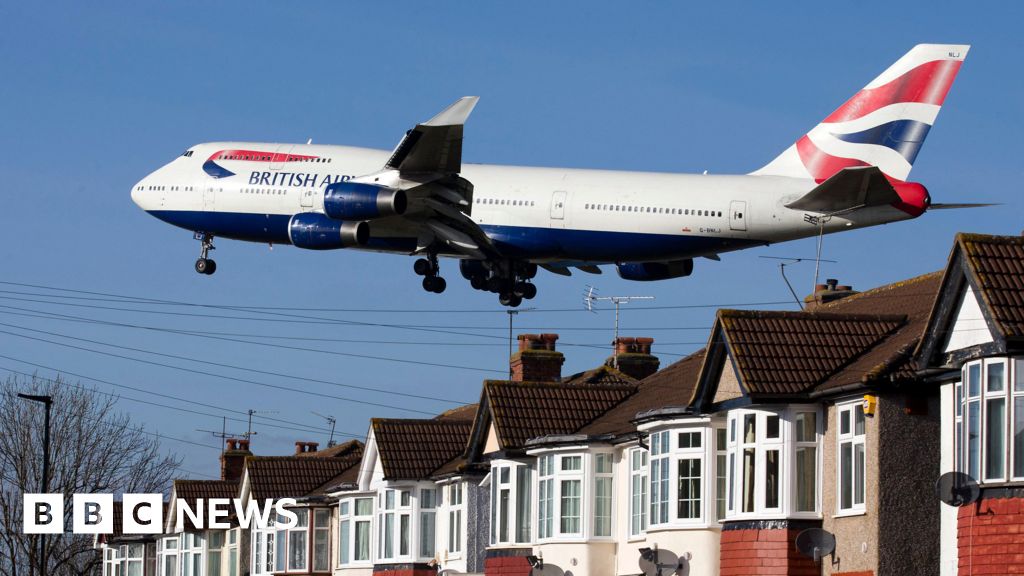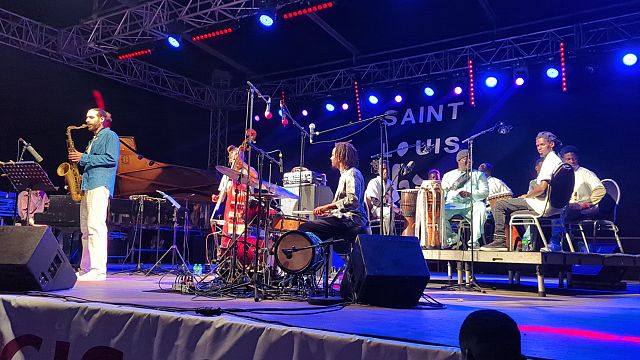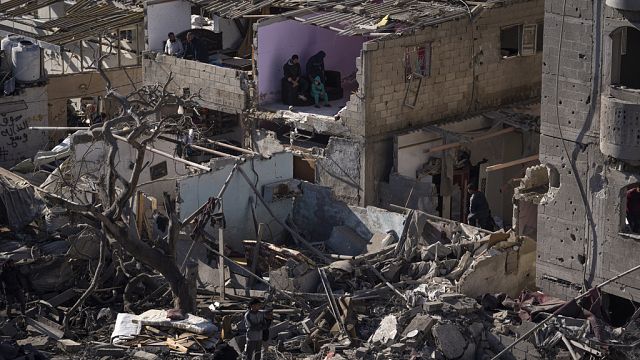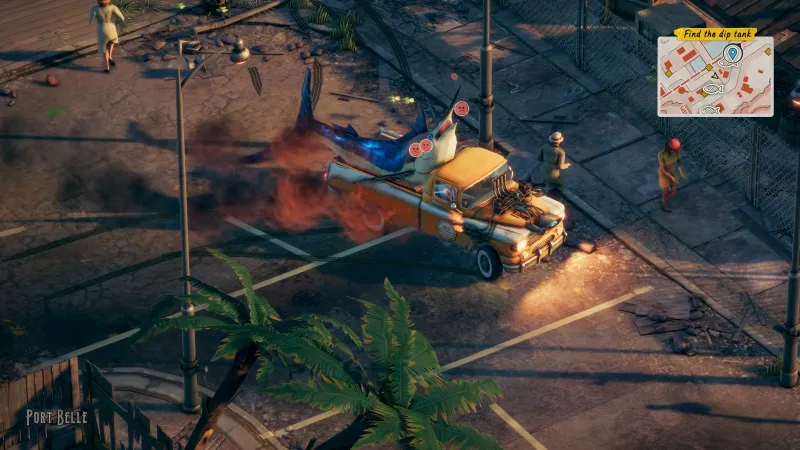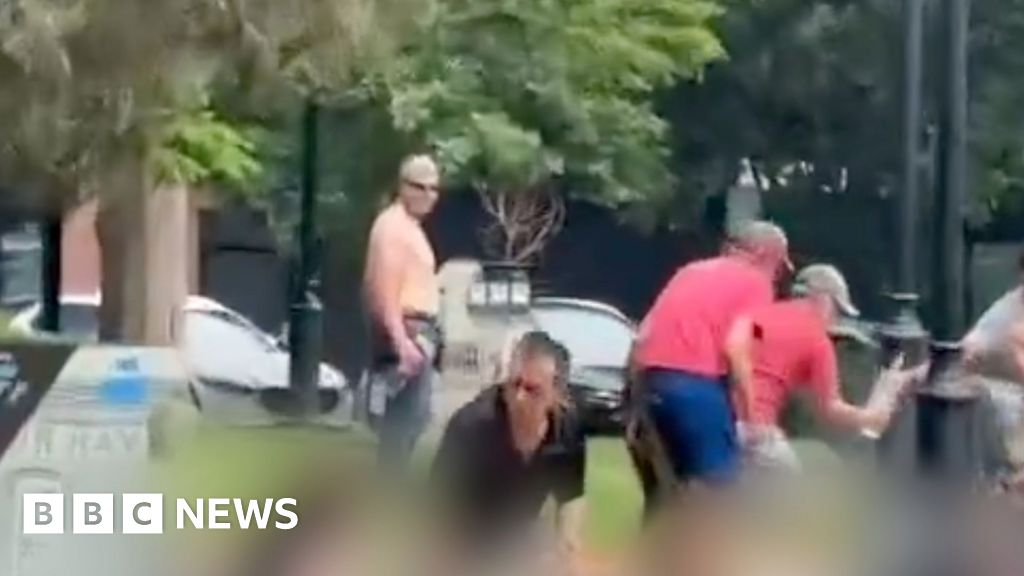A Federal List of Immigrant ‘Sanctuaries’ Nets Trump Allies and Foes Alike


Cities and counties that have strongly backed the administration’s immigration crackdown nonetheless found themselves on a lengthy list of locales being warned to change their policies. The January vote was unanimous. Huntington Beach, Calif., was “a non-sanctuary city for illegal immigration,” its City Council declared. So local officials in the conservative Orange County coastal redoubt found it rather surprising to find on Friday morning that their city had been included on a list of “sanctuary jurisdictions,” which, the Department of Homeland Security charged, “are deliberately and shamefully obstructing the enforcement of federal immigration laws.” “I’ve already called somebody with the feds and said this couldn’t be further from the truth,” said Huntington Beach’s mayor, Pat Burns, “so let’s straighten it out.” “I’d love to know, really, who came up with this list,” he added. “It’s very negligent.” Huntington Beach is one of more than 600 cities, counties and states that the federal government has accused of shielding “dangerous criminal aliens.” The list, which was published on Thursday, was mandated by an April executive order that explicitly threatened the jurisdictions with the termination of federal contracts and declared they might even be breaking the law. Some of the jurisdictions on the list had indeed designated themselves as sanctuary cities in resolutions or executive orders. Officials in other places argued that the phrase “sanctuary city” did not technically apply, though they had pledged to protect immigrants. But mixed among them were many counties and cities that openly support efforts to apprehend and deport immigrants, or have even been actively cooperating with Immigration and Customs Enforcement. Officials in other places that had voted overwhelmingly for President Trump but were far from the front lines of the immigration debate were simply bewildered. “It was a complete and total surprise to everyone in the county when we got put on that list,” said Julie Kraye, a county commissioner in Hooker County, Neb., population 700, which Mr. Trump won last year by a nearly 75-point margin. Immigrants were hardly coming in large numbers to Hooker County, she said. “We just don’t have the infrastructure for the housing or what these people would need.” A Homeland Security official said on Friday night that “the list is actively reviewed, will be regularly updated, and can be changed at any time.” This is not the first blunder by the Trump administration in the early months of his second term. The list of government cuts championed by the Department of Government Efficiency turned out to be riddled with mistakes. Among the tariffs that the administration levied across the globe in early April was against a South Pacific island populated only by penguins and seals. And earlier this week, it was revealed that a report on children’s health by the Health and Human Services Department cited studies that did not exist. Beyond the bookkeeping blunder, the list of “sanctuary” jurisdictions has an added complication: There is no universal definition for what constitutes a sanctuary city. The federal government said it had designated the jurisdictions on the list by looking at “factors like compliance with federal law enforcement, information restrictions, and legal protections” for undocumented immigrants. Federal authorities, the list said, would be notifying each city or county that it was not complying with federal statutes and demanding that it review and revise its policies. In many of these places, it was unclear what policies would need to be revised. “We’re not a sanctuary county,” said Dave Hornung, a commissioner in Kit Carson County, Colo., a rural county about 160 miles east of Denver. When Denver and other cities were coping with a surge in migrants two years ago, officials in Kit Carson County considered whether it could fine any bus company that dropped off undocumented immigrants in the county, and passed a resolution declaring that it was not a sanctuary. Yet here it was on the list. “We better check into it,” Mr. Hornung said. As counties across the country issued statements or insisted to reporters on Friday that they had no idea why they were included on the list, they floated a variety of theories. Some suggested there might have been confusion about local resolutions declaring other types of sanctuaries: Second Amendment sanctuaries, for instance, where efforts to enforce gun control laws would be resisted; or “sanctuaries of the unborn,” where abortion would remain outlawed. “You typically don’t see those kinds of folks being sanctuaries for illegal immigrants,” said C. Eric Young, the county administrator for Tazewell County, Va., where such pro-gun and anti-abortion resolutions have passed in recent years. Other places, including Duffield, Va., a tiny town with a population of around 70, are home to regional jails. Some wondered if that was the connection. Officials in multiple counties in rural Pennsylvania said their inclusion was very likely connected to a list of supposed sanctuary jurisdictions that was first published 10 years ago by the Center for Immigration Studies, a conservative organization that presses for restricting immigration. “This has been going on for close to a decade,” said Trevor Finn, a county commissioner in Montour County in rural central Pennsylvania. “We’ve tried everybody to get us off this list,” he said, including reaching out to Pennsylvania’s senators. Montour County is absent from the latest version of the Center for Immigration Studies list published this week, but it showed up on the one released on Thursday by the federal government. Cindy Bassett, the county attorney in Greeley County, Neb., had another theory. In the first Trump term, federal authorities sent around a questionnaire to a number of small counties, she said, asking if they had allowed U.S. immigration officials to come into their jails to interview immigrants held on criminal charges. Greeley County’s sheriff could hardly say yes because Greeley, like many of the counties queried, is too small to have a jail. Ms. Bassett assumed the questionnaire was the reason some jurisidictions showed up on Thursday’s list. There were some places that had apparently managed to talk themselves off the list, including Aurora, Colo., a Denver suburb and the state’s third-largest city, which became a flashpoint in the presidential campaign when Mr. Trump insisted that it had been taken over by Venezuelan gangs It wasn’t a sanctuary city then, and still isn’t, a point that a conservative city councilwoman, Danielle Jurinsky, made as she successfully pleaded her case with Homeland Security. For all the frustration among counties and cities that showed up on the list, officials in some places were feeling the opposite for being left off. In Santa Ana, Calif., which passed a sanctuary city ordinance during the first Trump administration, officials had been trying to shush activists for weeks, fearing attention would cost the city federal funding. Representative Lou Correa, a Democrat who represents the area, said the heavily Latino city seemed to have escaped the administration’s notice, and warned residents to “stay on the down low.” When the list came out on Friday, Santa Ana was not on it. A spokesman for the city said: “We have no comment at this time.” Jack Healy contributed reporting from Phoenix, and Shawn Hubler from Los Angeles.
What's Your Reaction?
 Like
0
Like
0
 Dislike
0
Dislike
0
 Love
0
Love
0
 Funny
0
Funny
0
 Angry
0
Angry
0
 Sad
0
Sad
0
 Wow
0
Wow
0



